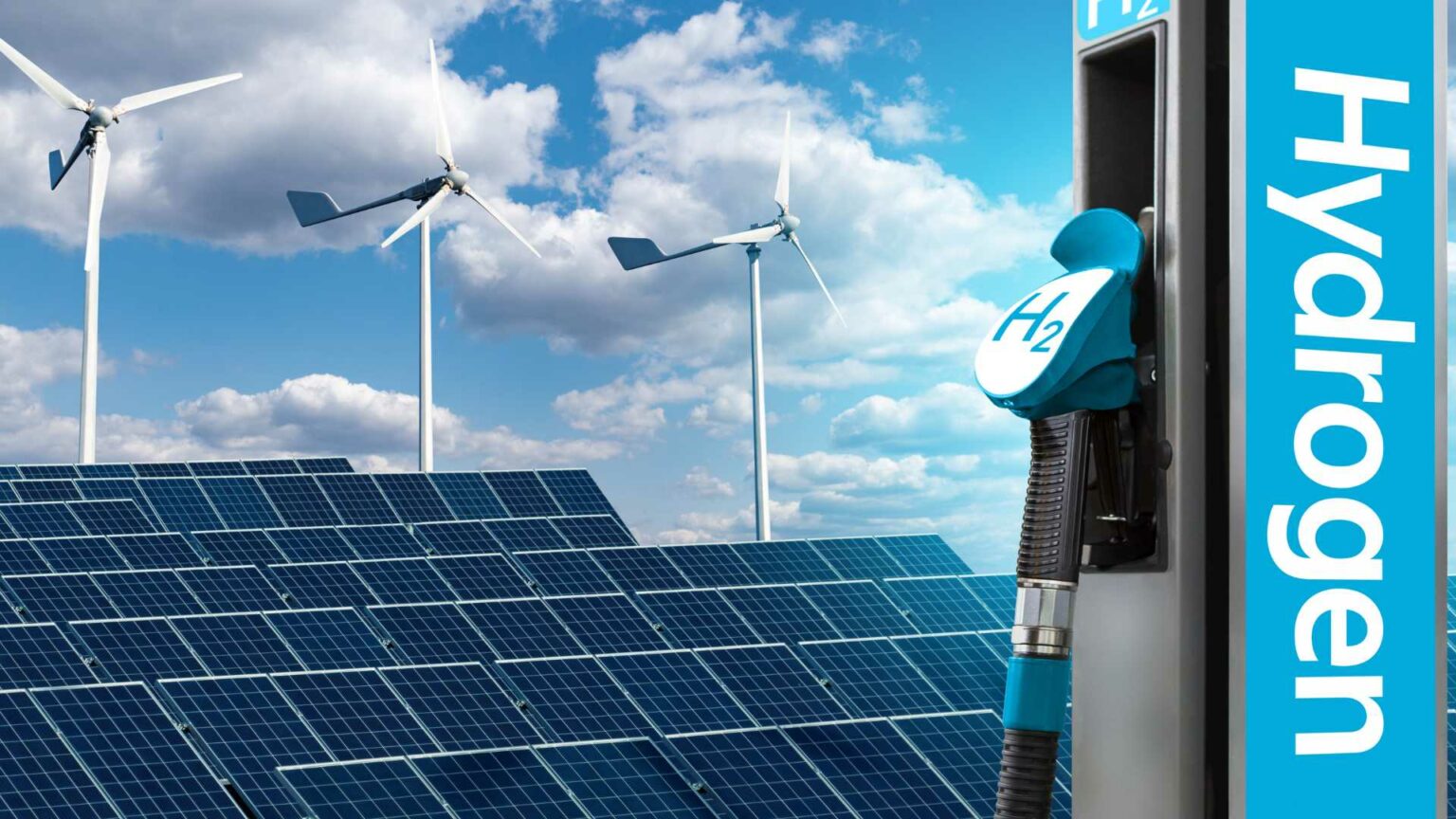Despite its allure, green hydrogen accounts for only a small fraction of the global supply, constrained by high production costs and inadequate infrastructure. Grey hydrogen dominates, responsible for around 95% of global production, but it comes with significant carbon emissions.
Blue hydrogen offers a halfway solution by incorporating carbon capture technologies, yet it fails to fully address environmental concerns. In this context, green hydrogen, generated through electrolysis fueled by renewable sources, remains the most sustainable alternative.
Recent analysis of hydrogen energy trends highlights an intriguing relationship between hydrogen production and urban electricity use. Utilizing panel vector autoregressive (PVAR) and coupling coordination degree (CCD) methods, researchers are examining how urban areas with higher energy consumption show enhanced integration of hydrogen with renewable energy. Notably, cities with more progressive energy frameworks accelerate the adoption of green energy, which in turn facilitates a broader shift toward sustainable practices. The Chinese government’s initiatives predicting a substantial boost in green hydrogen production by 2030 underscore this optimism, reflecting policy alignments aimed at integrating economic growth with sustainability.
The economic viability of green hydrogen remains under scrutiny. Its substantial impact on decarbonizing sectors such as transportation, energy storage, and industrial processes is undisputed. Hydrogen fuel cells present a viable alternative to diesel engines, particularly for heavy-duty vehicles. Moreover, in energy-intensive industries like metal refining and fertilizer production, green hydrogen offers significant emissions reductions. Storage benefits also make it ideal for addressing the intermittency of wind and solar power by preserving surplus energy for future use.
Given its multifaceted utility, the projection that by 2050, green hydrogen could meet 94% of global hydrogen demand in a scenario aligned with the 1.5°C global warming target, is ambitious yet plausible. This scenario envisages green hydrogen accounting for 14% of total energy consumption, marking it as a linchpin of net-zero emission strategies. Still, the path is fraught with challenges. Reducing costs through technological advancements and expanding infrastructure is essential to transitioning green hydrogen from theoretical potential to practical reality.
As emphasis on hydrogen deepens, the industry’s evolution demands critical attention to policy dynamics and technological innovations. In regions with high renewable capacity, the transition to green hydrogen must be addressed through coordinated policy measures and investments. The interconnections between existing natural gas infrastructure and hydrogen can lower emissions and promote a gradual yet cost-effective shift to greener energy solutions.
The expansive use of hydrogen offers a triple bottom line for environmental, economic, and energy security benefits. However, achieving these outcomes hinges on addressing infrastructure deficits, ensuring the affordability of technologies, and fostering international cooperation in setting industry standards. These initiatives are crucial as the global community strives to mitigate climate change impacts while enhancing energy security.





